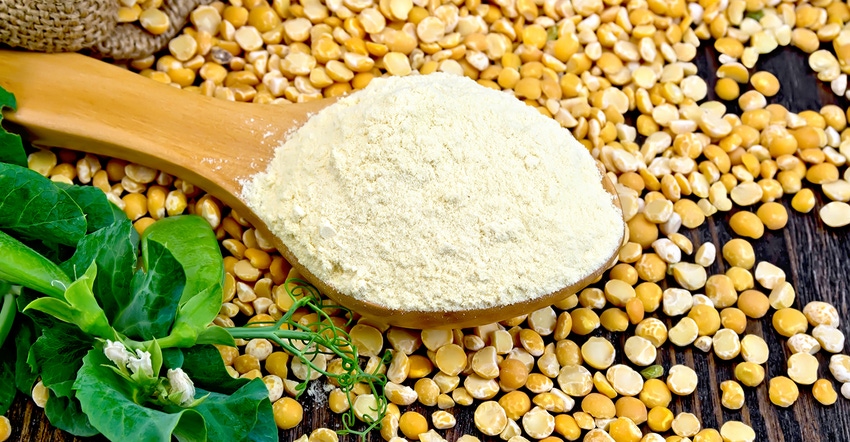Brands looking to enter the mainstream sports nutrition space must remember taste is always No. 1 in consumers’ minds, which means food developers must balance the beneficial effects of increasing protein content with the final product’s texture, appearance, taste and stability.

Consumers increasingly are hitting the road to wellness and seeking out products high in protein to fuel their bodies before, during and after workout. Fortunately, today’s array of protein-rich sports nutrition products is in sharp contrast to yesteryear’s ready-to-mix (RTM), ready-to-drink (RTD) powders and energy bars that often fell short on flavor and taste.
Brands looking to enter the mainstream sports nutrition space must remember taste is always No. 1 in consumers’ minds, which means food developers must balance the beneficial effects of increasing protein content with the final product’s texture, appearance, taste and stability.
Plant proteins are available in isolates—including powders used for fortification—fractionated concentrates, and whole-food ingredients that are naturally high in protein and lend texture, color and flavor to foods and beverages. In addition to vitamins and minerals, phytonutrients and dietary fiber are other inherent benefits naturally packaged into whole food sources of plant proteins. Furthermore, plant proteins meet several dietary needs.
“Consumer choices are driven by their quest to increase the repertoire of plant-based foods and protein in their diet as they directly link consumption to a healthier lifestyle,” said Melissa Sheridan, strategic marketing director, functional ingredients and additives, Kerry. “It is also linked to many consumers reducing their meat consumption, adopting a ‘flexitarian approach’ and an interest in a more sustainable food production system.”
While dairy proteins such as whey and casein traditionally have been the go-to proteins for building muscle, plant proteins are taking center stage as consumers look for ways to reduce their intake of animal-derived foods. However, the rapid advancement of plant-based proteins has created two key issues facing developers: mouthfeel and lingering off-flavors.
Consider pea protein, which can impart an earthy, grassy or beany aftertaste and gritty texture. Product developers typically will add other ingredients such as prebiotic fibers to change the texture of the protein and make it more palatable, noted longtime sports nutrition formulator Bruce Kneller, currently a partner with HiQ Financial Holdings Inc.
“Masking agents also help make certain proteins palatable, especially plant-based proteins like pea protein,” he said. “The addition of a masking agent can ameliorate this to a large degree. These masking agents are expensive though, so it will drive the cost of the product to the consumer considerably. But it is worth every dime.”
Each protein has a unique flavor, texture and solubility that can become challenging at higher concentrations. Increasing protein content often requires more flavor masking, texture smoothing and color addition, and utilizing a single source of protein at a high concentration can lead to distinct off-notes or texture challenges.
Application-specific formulation challenges also can occur when combining multiple sources of protein. For example, in ready-to-market (RTM) beverages, many of the issues are easily overcome with appropriate flavor and sweetener usage; however, the ratio of the various milk proteins needs to be considered, as typically a higher amount of casein will result in a slightly grittier, chalk-like texture and taste. In RTD applications, the source and ratio of the various milk proteins will have a significant effect of the stability of the beverage.
Learn more in INSIDER’s “Sports nutrition: Muscle building” digital magazine.
About the Author(s)
You May Also Like






.png?width=800&auto=webp&quality=80&disable=upscale)